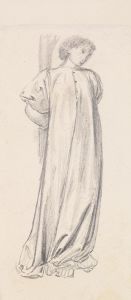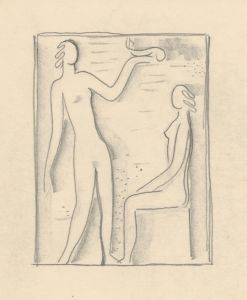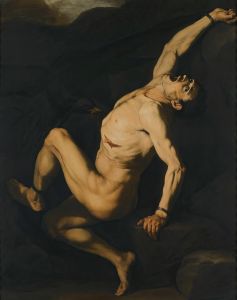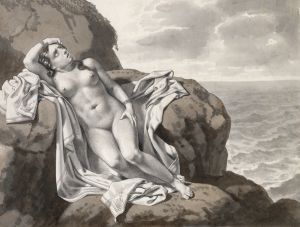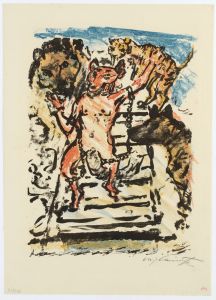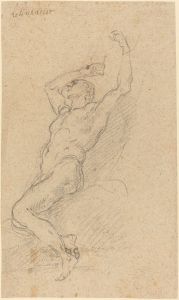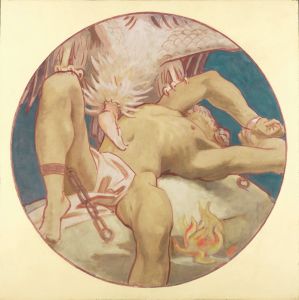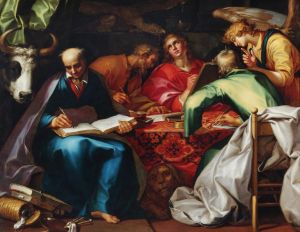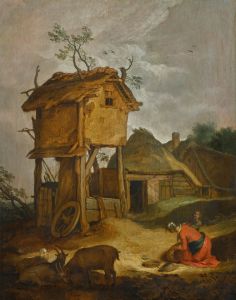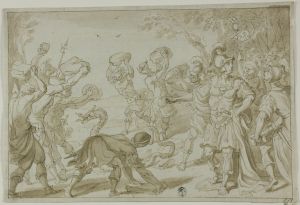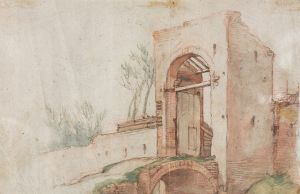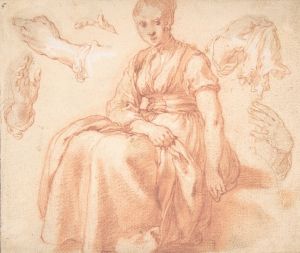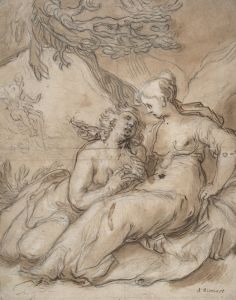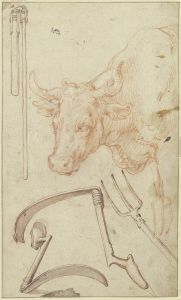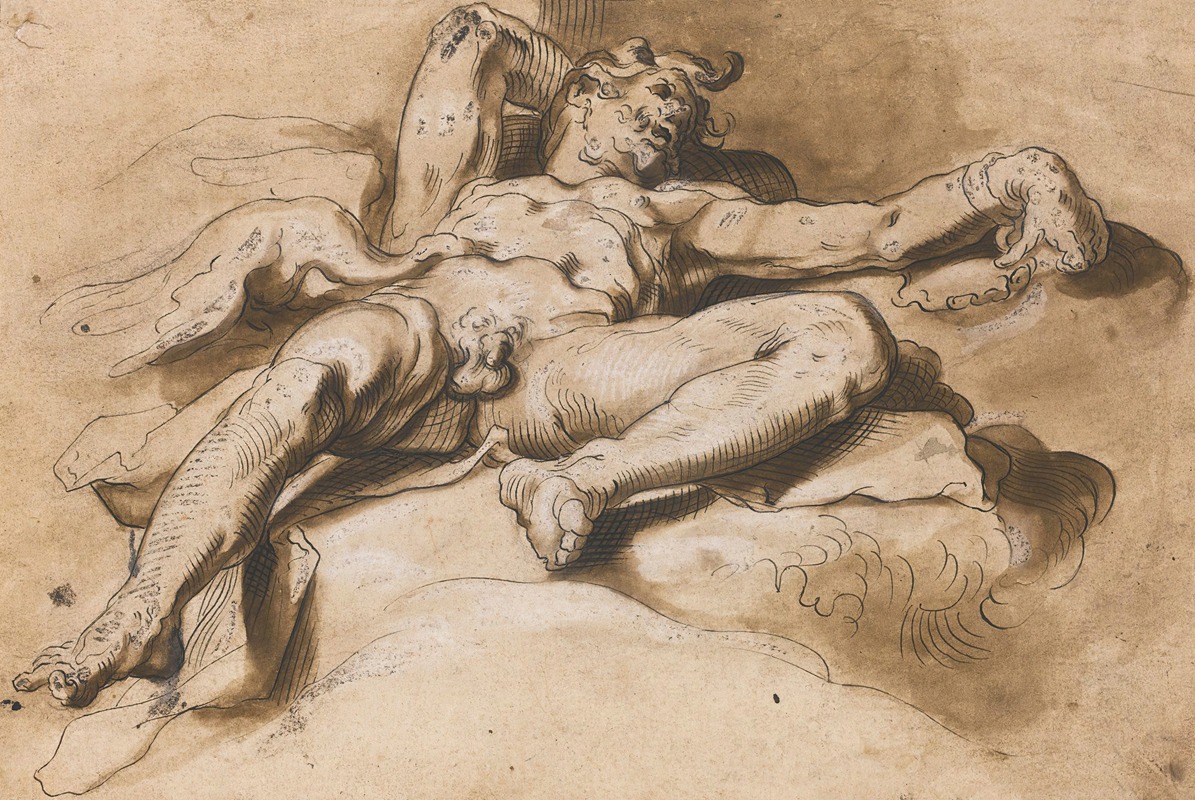
Prometheus Chained, The Griffon Vulture Tearing At His Liver
A hand-painted replica of Abraham Bloemaert’s masterpiece Prometheus Chained, The Griffon Vulture Tearing At His Liver, meticulously crafted by professional artists to capture the true essence of the original. Each piece is created with museum-quality canvas and rare mineral pigments, carefully painted by experienced artists with delicate brushstrokes and rich, layered colors to perfectly recreate the texture of the original artwork. Unlike machine-printed reproductions, this hand-painted version brings the painting to life, infused with the artist’s emotions and skill in every stroke. Whether for personal collection or home decoration, it instantly elevates the artistic atmosphere of any space.
"Prometheus Chained, The Griffon Vulture Tearing At His Liver" is a painting by the Dutch artist Abraham Bloemaert, a prominent figure of the Dutch Golden Age. Bloemaert, born in 1566 and died in 1651, was known for his versatility in various painting styles, including Mannerism and Baroque. He was a prolific artist and an influential teacher, whose works spanned religious, mythological, and genre scenes.
This particular painting depicts the mythological story of Prometheus, a Titan in Greek mythology who defied the gods by stealing fire from Mount Olympus and giving it to humanity. As punishment for his transgression, Zeus, the king of the gods, sentenced Prometheus to be bound to a rock where an eagle, or in this case, a griffon vulture, would eat his liver daily. The liver would regenerate each night, subjecting Prometheus to an eternal cycle of torment.
Bloemaert's rendition of this mythological scene captures the intense suffering and dramatic tension of Prometheus's punishment. The painting shows Prometheus chained to a rocky cliff, his body contorted in agony as the griffon vulture tears at his liver. The artist's use of light and shadow emphasizes the muscular tension and the raw emotion of the scene, highlighting Prometheus's enduring pain and resilience.
The painting is notable for its dynamic composition and the detailed rendering of both the human figure and the vulture. Bloemaert's skillful use of chiaroscuro, the contrast between light and dark, enhances the dramatic effect and draws the viewer's attention to the central figures. The background, often depicted with a rugged landscape, serves to isolate Prometheus, emphasizing his solitary suffering.
Abraham Bloemaert was a master of his craft, and his works were highly regarded during his lifetime and beyond. He was a founding member of the Utrecht Guild of Saint Luke and played a significant role in the development of Dutch art in the 17th century. His influence extended to his students, including notable artists such as Gerrit van Honthorst and Hendrick Terbrugghen.
"Prometheus Chained, The Griffon Vulture Tearing At His Liver" is a testament to Bloemaert's ability to convey complex narratives and emotions through his art. The painting remains an important example of Dutch Golden Age painting and continues to be studied and admired for its artistic and historical significance.
While specific details about the painting's current location or provenance may not be readily available, it is recognized as part of Bloemaert's extensive body of work that contributed to the rich tapestry of European art history.





